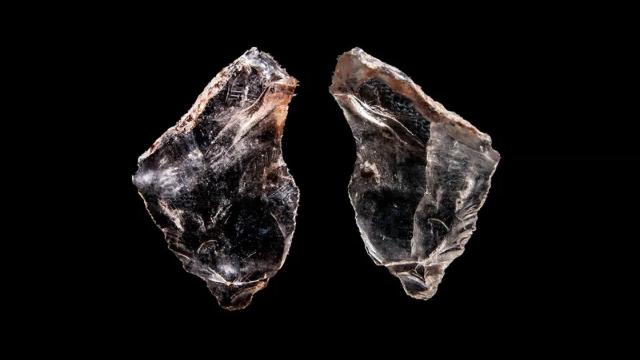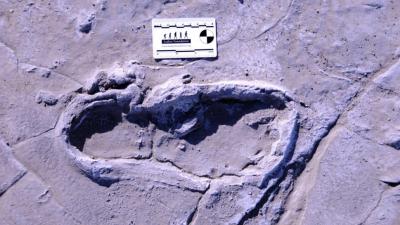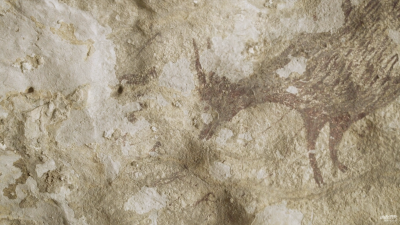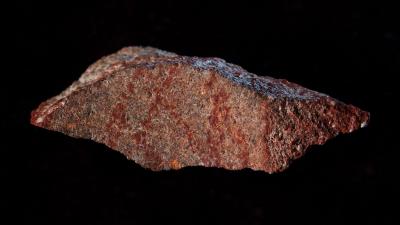early humans
-

That’s Not a Knife, These 65,000-Year-Old Stone Ones Are and They Prove Early Humans Had Long-Distance Social Networks
Humans are the only species to live in every environmental niche in the world – from the icesheets to the deserts, rainforests to savannahs. As individuals we are rather puny, but when we are socially connected, we are the most dominant species on the planet. New evidence from stone tools in southern Africa shows these…
-

Scientists Discover Ice Age Structure Made From Bones Of 60 Mammoths
An unusually large structure from the last ice age built from the bones of dozens of woolly mammoths has been uncovered in Russia. Dating back some 25,000 years, it’s the oldest known structure of its kind—but its purpose isn’t entirely clear.
-

Humans Lived In Madagascar 6000 Years Earlier Than Previously Thought
An analysis of butchered animal bones suggests humans had somehow ventured to Madagascar by at least 10,000 years ago, which is 6000 years earlier than previous evidence suggested. This means humans likely played a key role in the extinction of the island’s large animals.
-

Humans Didn’t Evolve From A Single Ancestral Population
In the 1980s, scientists learned that all humans living today are descended from a woman, dubbed “Mitochondrial Eve”, who lived in Africa between 150,000 to 200,000 years ago. This discovery, along with other evidence, suggested humans evolved from a single ancestral population — an interpretation that is not standing the test of time. The story…





